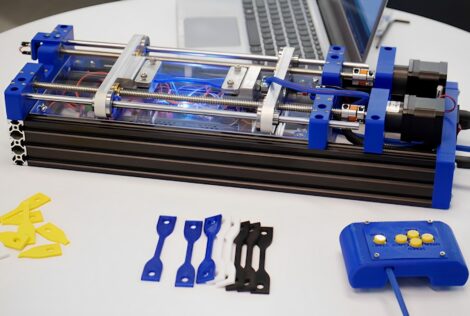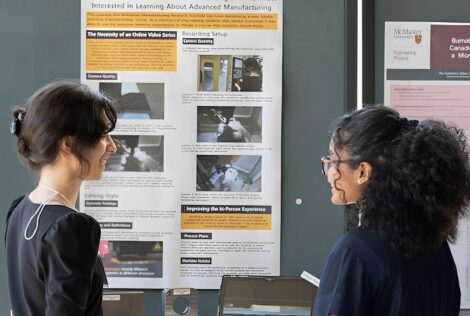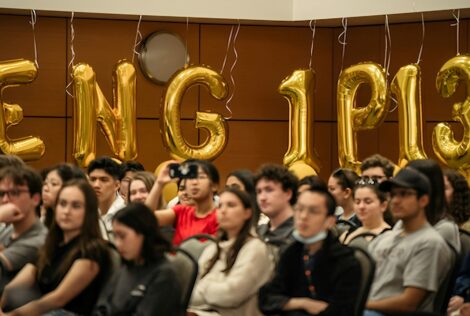
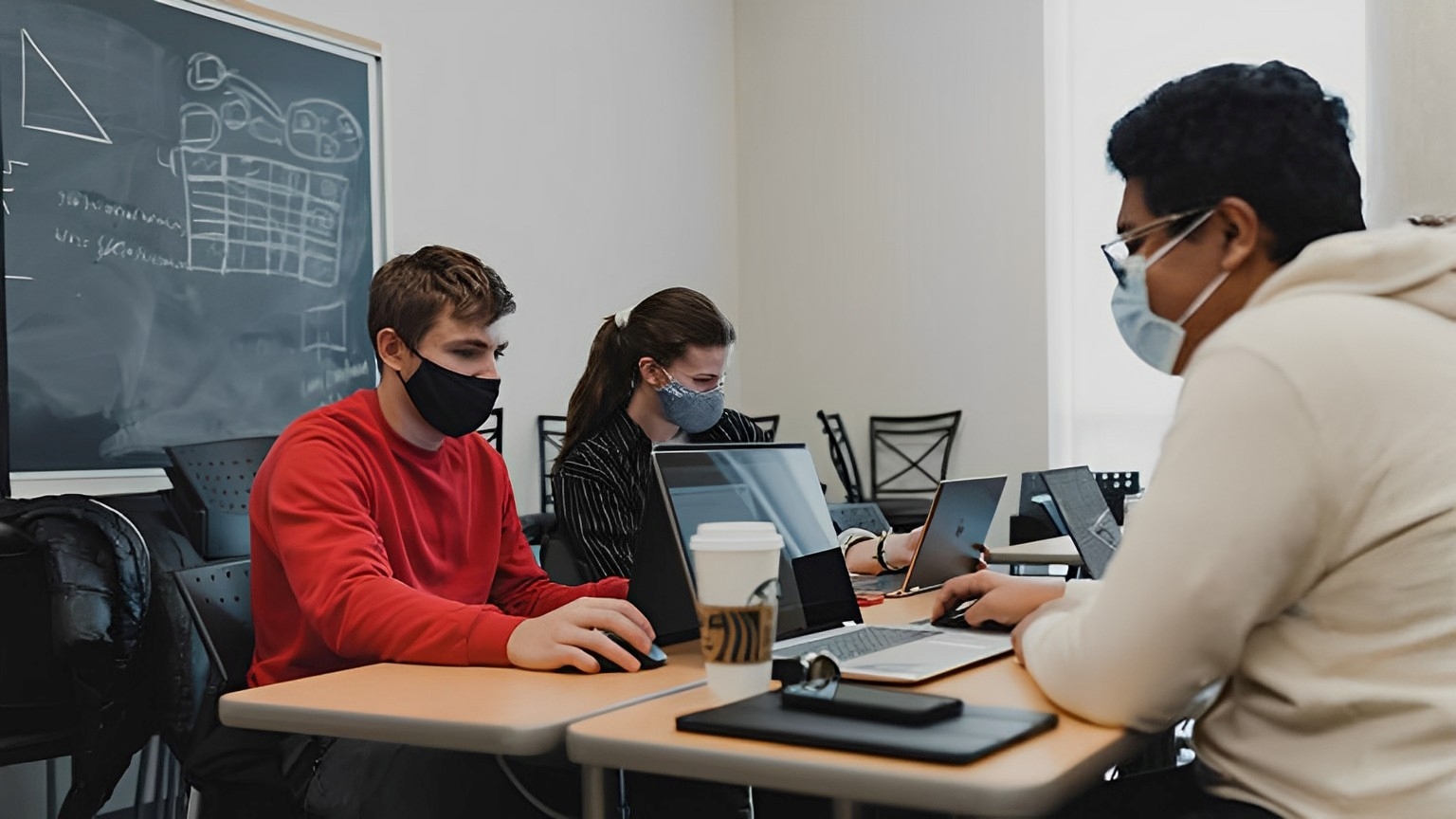
Collaborating across disciplines to create solutions together, the first cohort of McMaster Engineering’s innovative design course, Integrated Engineering Design Project (2PX3), has reached the finish line on term-long group projects.
As part of the Pivot, students in 2PX3 work through a design project that addresses an industry or community issue. Through 2PX3, our students have an opportunity to experience the genuine complexity of modern engineering. McMaster is one of the first institutions in the world to introduce this significant innovation in engineering design education.
Teams of second-year students from different engineering departments tackled one of four projects throughout the year: Infrastructure for Self-Driving Vehicles, McMaster Recycling Plant, 3D Printed Housing for Canadian Neighbourhoods, and Source Water Monitoring.
Throughout their design work, students were guided by the PERSEID process: Performance + Environmental + Regulatory + Socio-cultural screening for Engineering Integrated Design.
Here’s what they’re sharing about their experience.
Self-Driving
Students created a new intersection design to optimize roadways for the combination of human-driven and self-driving vehicles.
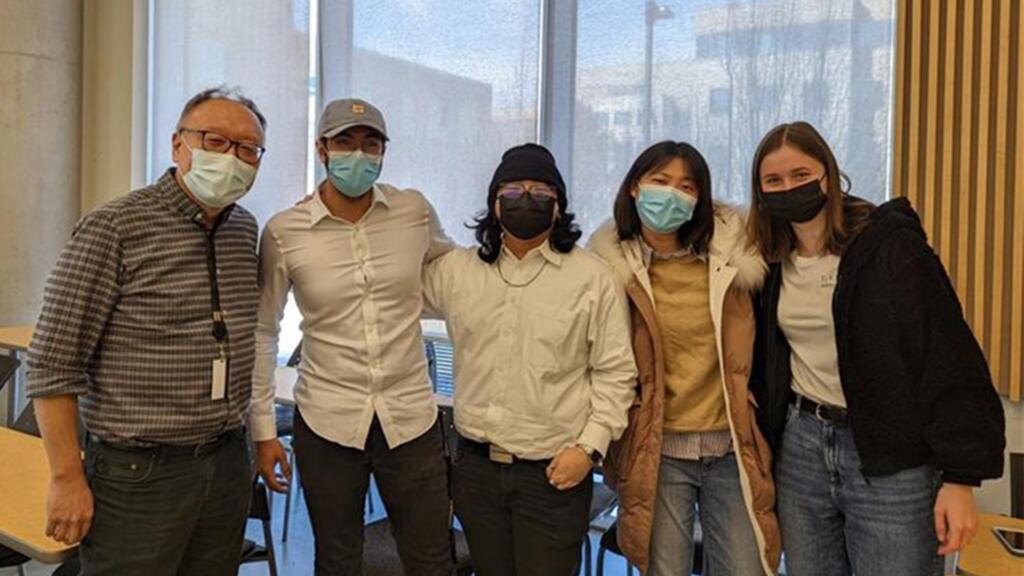
In redeveloping an intersection for future traffic behaviour, these students came up with original designs to prepare for an increasing number of self-driving vehicles.
Their final design was creating “self-driving lanes” that would be separate from conventional vehicle lanes. The group used tools like decision matrices, code simulations, and mathematical equations to develop their solution.
“As aspiring engineers, this project was extremely important as it allows us to delve deeper into the issues and solutions that will become prevalent in the future. Moreover, we were able to conduct research and utilize tools that will help us along our career paths, which is bound to be impactful to us in our upcoming positions.”
They spoke about how they’ve grown from first year in each of their respective engineering disciplines and worked together to accomplish tasks like coding a simulation, developing equations and researching autonomous vehicles.
We were able to learn more from each other and delegate roles for each team member that would apply to their specialization…. These tasks were accomplished smoothly due to our academic diversity. In short, as a team, we were able to overcome many challenges and learn more from each other’s discipline which has better prepared us for future projects.
The students say they’re leaving the course with memories of “fun and light-hearted moments,” even in coming up with far-fetched designs that stretched the imagination.
Ahead of selecting a final design, the students explored other options. “Humans Up Top” consisted of two separate intersections: an intersection for self-driving vehicles on the main road and a roundabout intersection for conventional vehicles above it. “The Conveyor Belt” was composed of several conveyor belt systems that move the vehicle in its desired direction.
“There is no perfect design! Our goal for this design project is to come up with the most optimal solution for the circumstances we are given. We were able to come up with numerous designs, some of which were more extravagant while others were more feasible. We learned the balance between the two and how to choose between numerous ideas.”
McMaster Recyling Plant
Students designed a fictional sorting facility for mixed containers on campus at McMaster University.
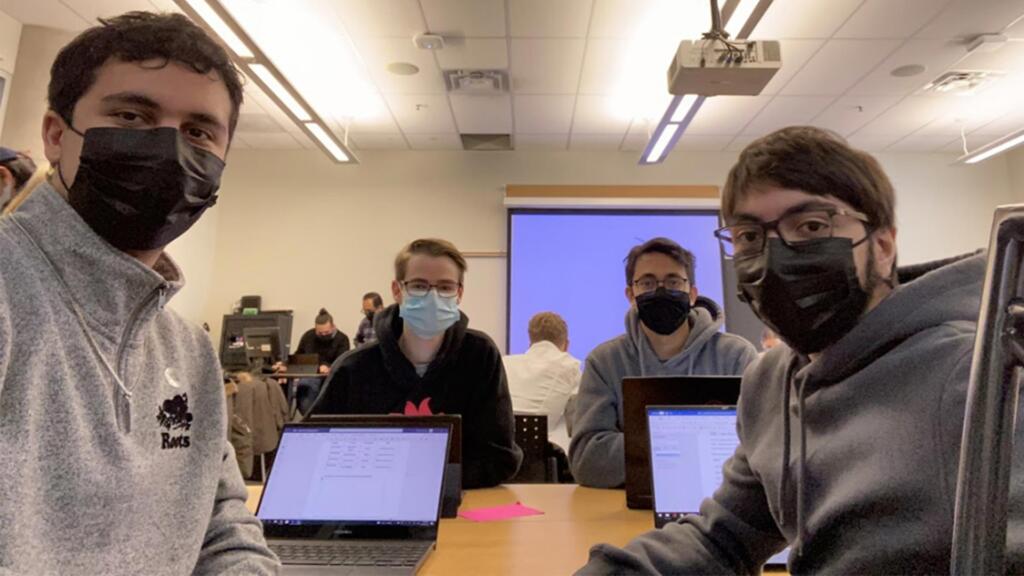
Students focused on their own community by developing a project to help transition McMaster to a zero-waste campus.
Students designed a small sorting facility, which would export fully sorted mixed container waste to nearby material recovery facilities; they chose a location, designed a hypothetical process flow for the recycling plant, and wrote a sorting algorithm to sort different plastic types by their IR spectra.
The latter was one of the biggest challenges, requiring the group to code multiple sorting algorithms in Python and compare for the best possible result.
As they collaborated, the students were able to experience in-person university team-work for the first time.
“One of the best parts was meeting each other at the design studio because it was refreshing to talk with other people face to face instead over MS Teams.”
They spoke about expanding and improving their skill sets to achieve their goal – all the while doing so in a supportive group environment. Each step forward was a moment to be celebrated.
“We also motivated each other by boosting each other’s confidence whenever we accomplished something new, and we always congratulated them for their accomplishments no matter how big or how small it was. We practiced effective teamwork by allocating tasks appropriately based on the level of each other’s expertise. We ensured that our knowledge was dispersed enough to obtain the optimal level of efficiency, which is how we ended up completing this massive project.”
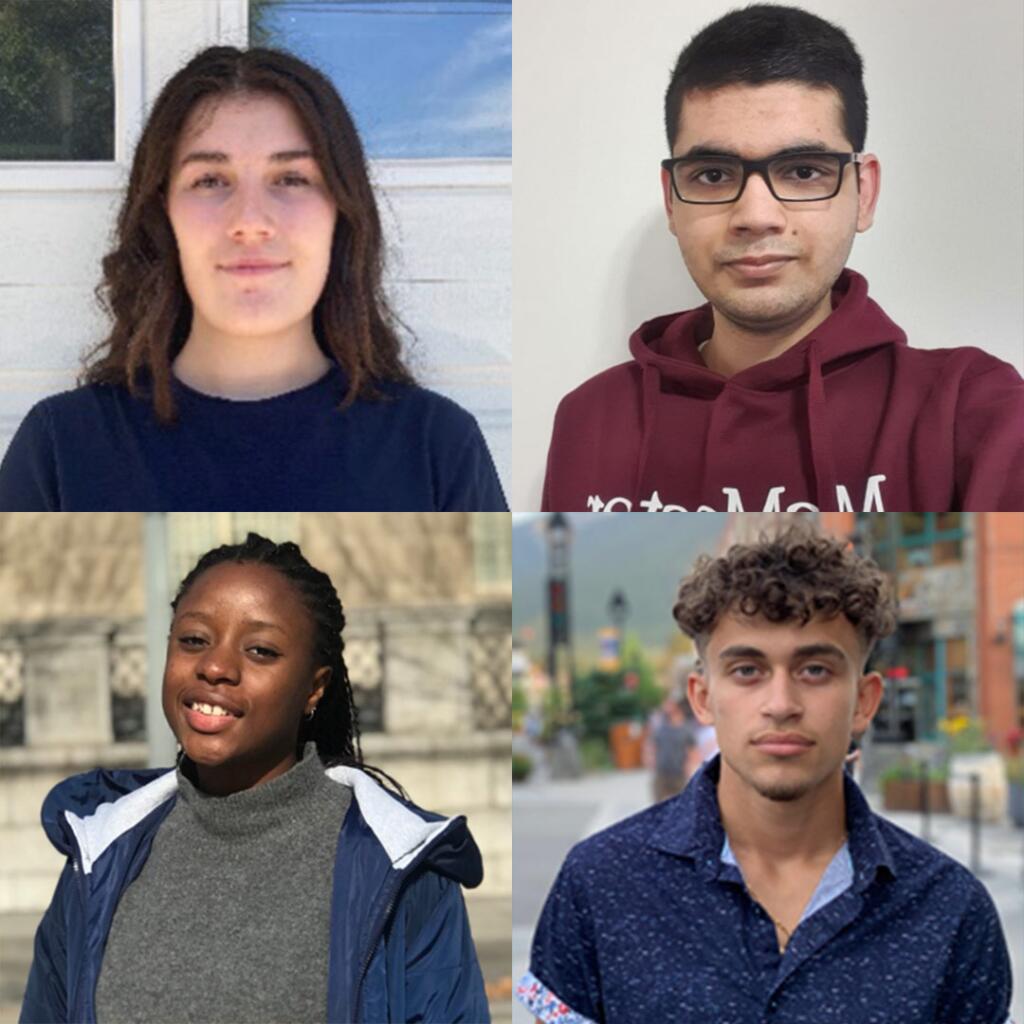
In this group’s vision, the McMaster recycling facility would be constructed on the north side of Parking Lot M. The students were drawn to the area due to its “easy access for waste vehicles as well as a pre-existing shuttle bus program to get to the plant.”
Despite the challenges, the students relished the chance to write the algorithm for an optical sorter to be able to identify various types of plastics.
After weeks of designing the algorithm and writing the code, it was very rewarding to be able to see our hard work pay off with a result of a high sorting accuracy.
The students worked through complex challenges, such as regulatory factors, in order to develop their design. They explained how an initial location choice was no longer viable due to a discovered by-law.
“It was difficult to see a main component of our design fail, however it was good that we had the PERSEID method to help us find this flaw within our preliminary design. As a team we did not let this discourage us, it motivated us to look back at the other location options to find which one was the best.”
3D Printed Housing
Students designed and 3D printed affordable housing for Canadian neighbourhoods.
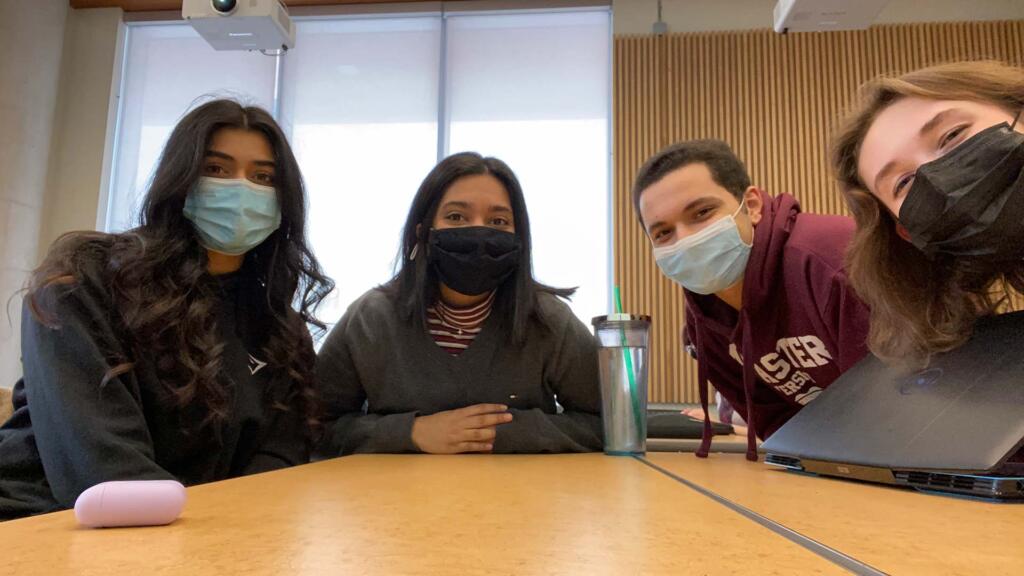
Team dynamics and the desire for minimal environmental impact were guiding lights as the students designed a 3D-printed housing for Hamilton, Ont.
One of the biggest challenges Canadian families face today is finding affordable housing that is efficiently and sustainably built. In 2021, the average house price in Hamilton was about $900,000, but the typical household income was only $75,000. Every year, quality housing has become increasingly less affordable to families.
Students said that seeing the “real-life feasibility” of their designs was invigorating. And while the group entered with initial ideas of elements involved in design decisions “concerning materials, constructions methods, and housing blends,” their knowledge expanded exponentially with the realization that each potential choice had its own strengths and disadvantages.
“Rarely did there seem like there was just one major decision that led us to the right combination of the different design choices, but rather a series of minuscule advantages that accumulated over time.”
They spoke about coming together not only to generate ideas, but to support one of their teammates who had fallen sick. The course experience taught them “how to make team dynamics the best they can be by going the extra mile to connect with our group mates.”
That takeaway can be applied to other situations, the group said, to “create environments where everyone feels safe, comfortable, and welcomed.”
“We really learned that there is a key difference between being a good person to work with and a great person to work with; and we can confidently say that it is because of the empathy and compassion we had for one another that we could get through this challenge so smoothly together.”
Source Water Monitoring
Students created a system to monitor drinking water sources for harmful, hazardous algal blooms.
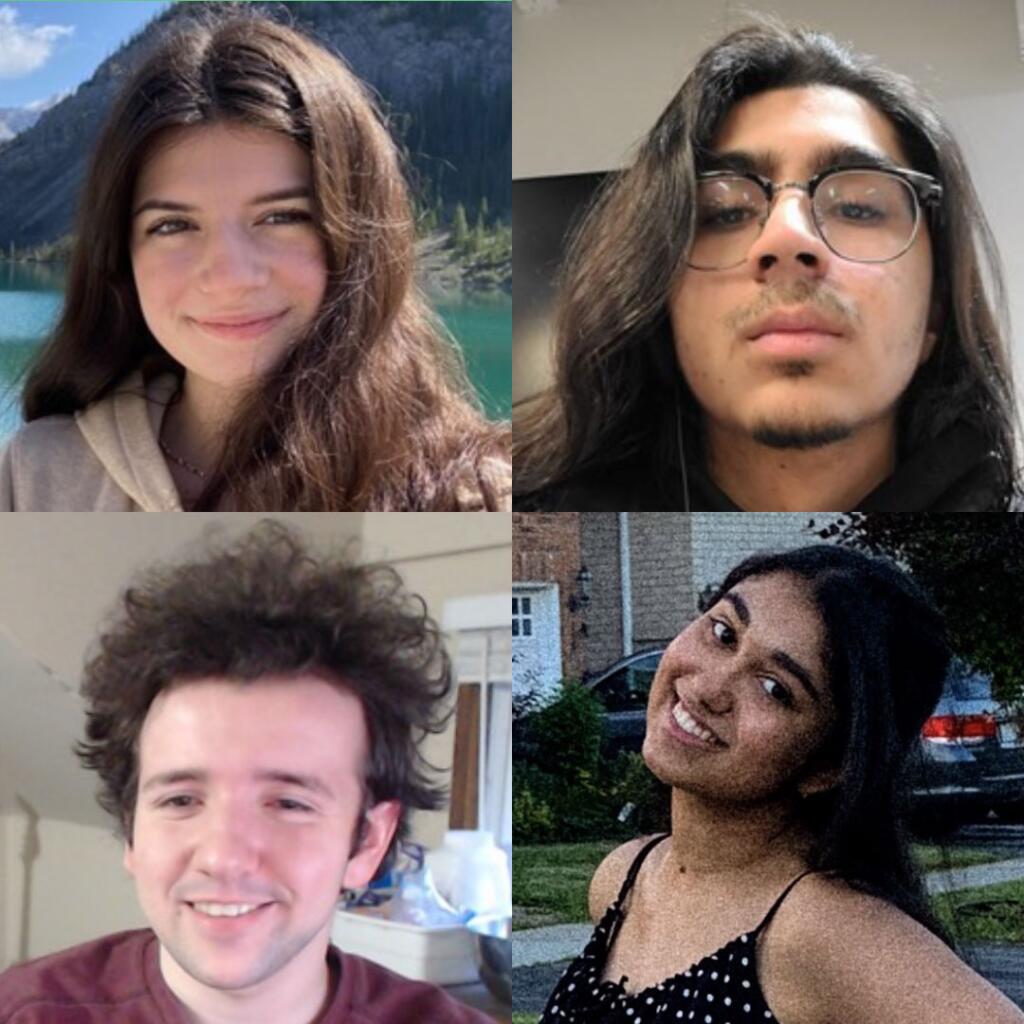
The students approached the challenge of monitoring drinking water with the use of drones, image analysis and machine learning.
Early detection of algal blooms is critical for the water filtration plant to have time to make necessary adjustments to the water treatment process. Therefore, we had to pay special attention to include design considerations that maximized the overall performance of our system.
Students explained how their project saw them weighing design philosophies and making a choice between a design that kept the socio-cultural and environmental layers of PERSEID in mind, and another that prioritized performance. They explained that conflict resolution strategies were able to make their final design satisfy not only their group, but the stakeholder’s needs.
“During the design process, it is easy to get caught up in the technicalities of the system such as the performance or efficiency. However, 2PX3 has taught us how vital it is to consider the impact of the project on the community and the environment it is implemented in. Designing a system without considering those stakeholders can decrease the success of the project. Even though the project may be fixing a problem, if the system has negative outputs, it could be doing more harm than good.”
The best part of the project, the students said, was collaborating with engineering students from different specializations.
“Having a team where each individual brings their own specialized knowledge and unique experiences to the table meant that we were able to take advantage of different viewpoints when brainstorming ideas, as well as having access to a larger and more diverse skill set, which was perfect for tackling complicated problems.”
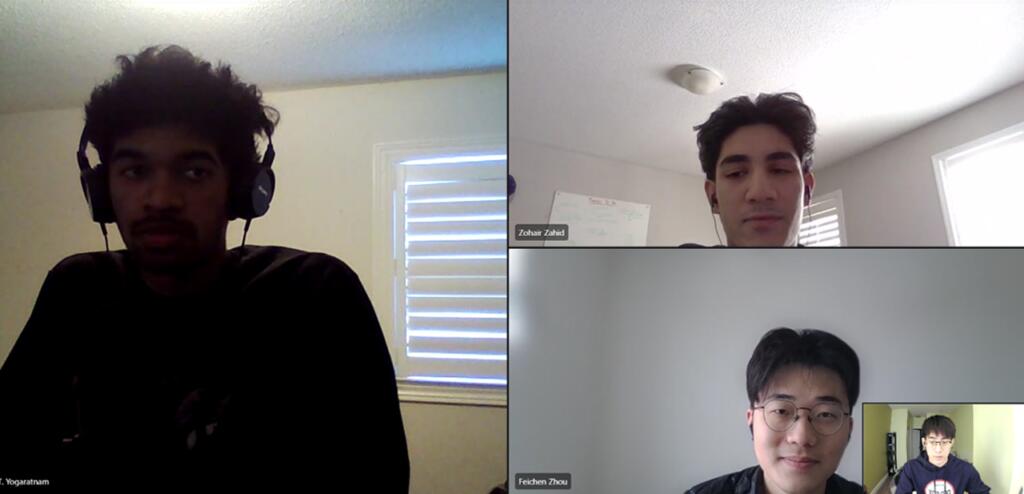
These students also tackled the process of detecting algal blooms in drinking water sources, with a goal of eliminating this hazard brought on by climate change and agricultural intensification.
While deploying a drone to monitor the water seemed “straight forward” at first, the students said, they soon became aware of unexpected challenges.
“We maintained our commitment to solving the problem, completed the worksheets in time, and even organized additional meetings to ensure we were on the right track,” they said.
“After several in-person discussions, we figured out more challenges within this topic, including how much the drone’s noise impacts the residents, how the prediction accuracy of our algorithm can be maximized, what regulations we need to take into account, etc. With the concerns being identified, we then had a more precise direction in our design process, which allowed us to focus on developing a project solution.”
Students say they were proud of how their project could assist the community and enjoyed exploring ideas without constraints.
Students say they were proud of how their project could assist the community and enjoyed exploring ideas without constraints.
The students drew on their diverse experiences to come up with different response to the same questions, with being open and inclusive “an invaluable and meaningful lesson.”
They also brought attention to needed changes and technological development in the world, noting that a larger image database would improve accuracy of their machine learning algorithm for detecting algal blooms.
“We believe everyone should be aware of the current situation of our drinking water sources, and this issue will be best addressed if the entire society is involved.”

